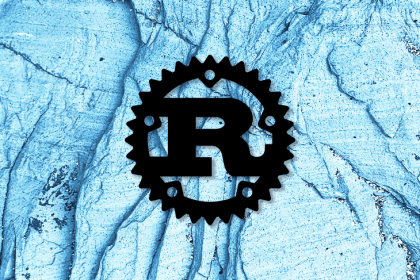
Learn how to write fast, reusable, clean code in Vue.js using components, slots, and props in this simple guide.

Learn about some of the most popular external APIs available in Rust, including Rust wrappers for Spotify, GitHub, AWS, and more.

In this tutorial, you can learn about the GSAP ScrollTrigger plugin in React and how to use it to trigger animations on the scroll.

Learn to use Wallaby.js, a continuous testing tool for JavaScript that runs inside your IDE to provide constant feedback as you write.

Syncing data outside a mobile device is a common feature for offline React Native apps. WatermelonDB comes with this feature out of the box.

Testing user behavior is crucial for delivering great products, and React Native Testing Library makes it a joy.

In this tutorial, we’ll demonstrate how to write a very basic URL parser in Rust using the nom parser combinator library.

Here, you can learn about the syntax and semantics of classic static blocks in JavaScript, which make object-oriented programming more powerful.

Learn how to use Redis in Deno to make your application much more efficient by calling data from the cache.

Here, you can learn about some Deno alternatives to the most popular Node projects used during development.

In this article, you can learn how to easily integrate comments into your Gatsby blog using four free plugins: Disqus, GitTalk, CommentBox, and GraphComment.

Next.js zones allow different developer teams to build and deploy parts of an app individually, then merge them into a single application.